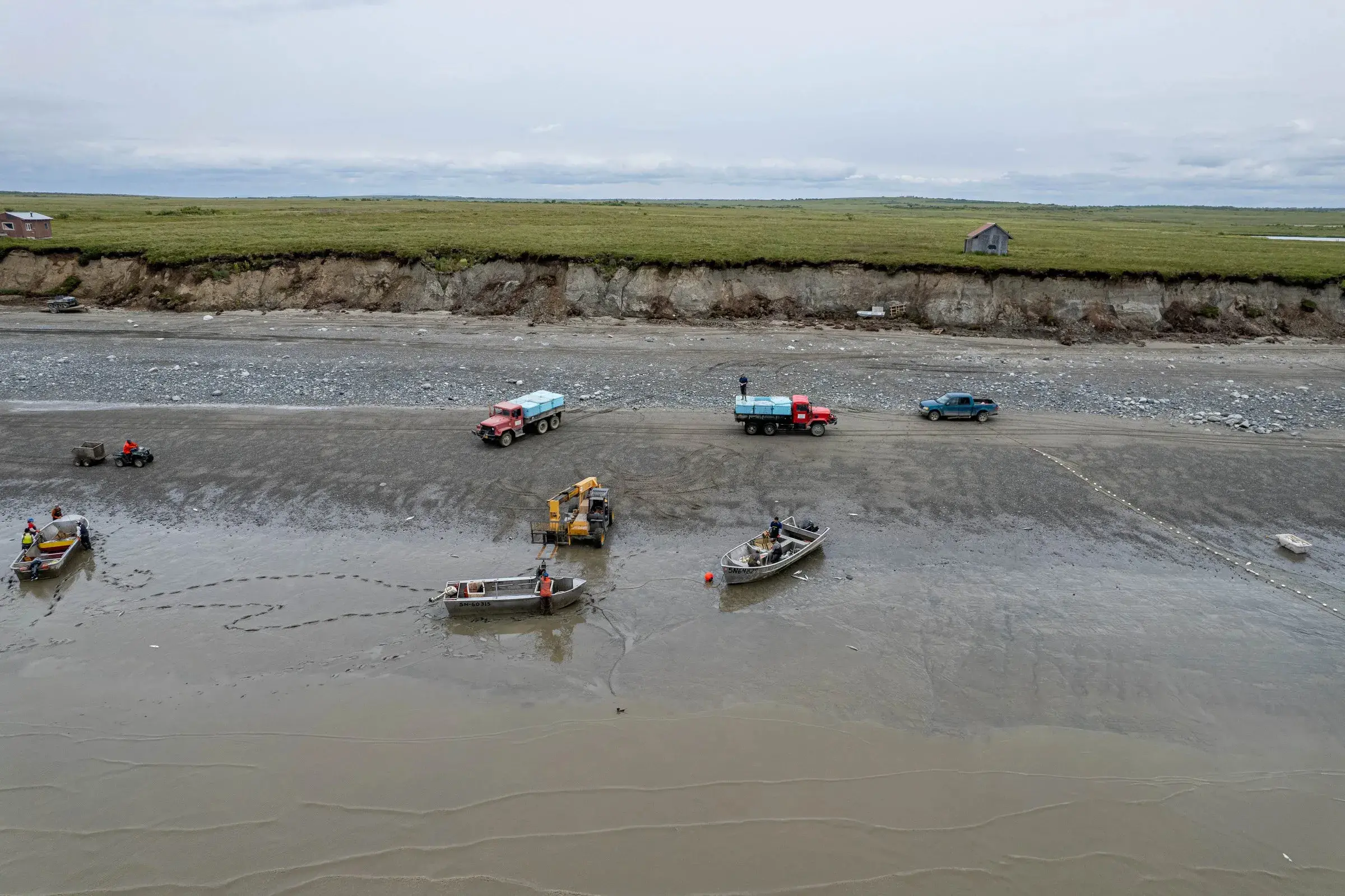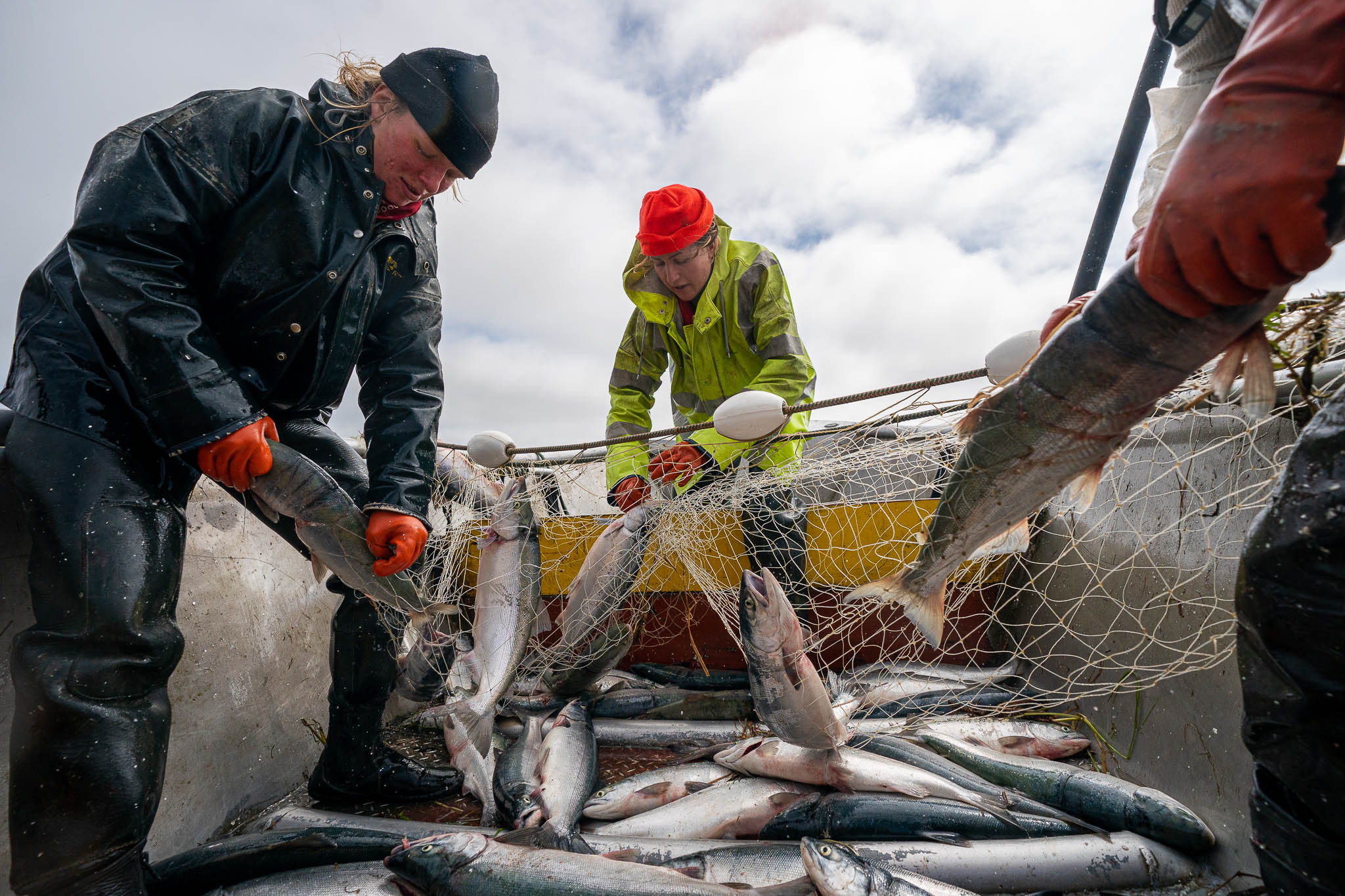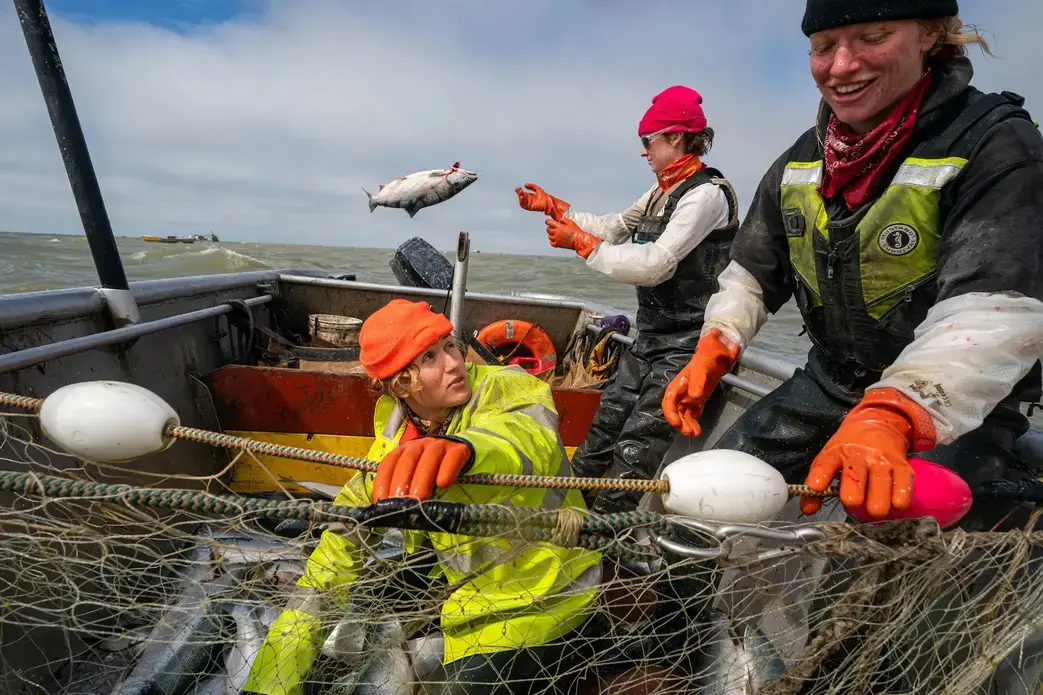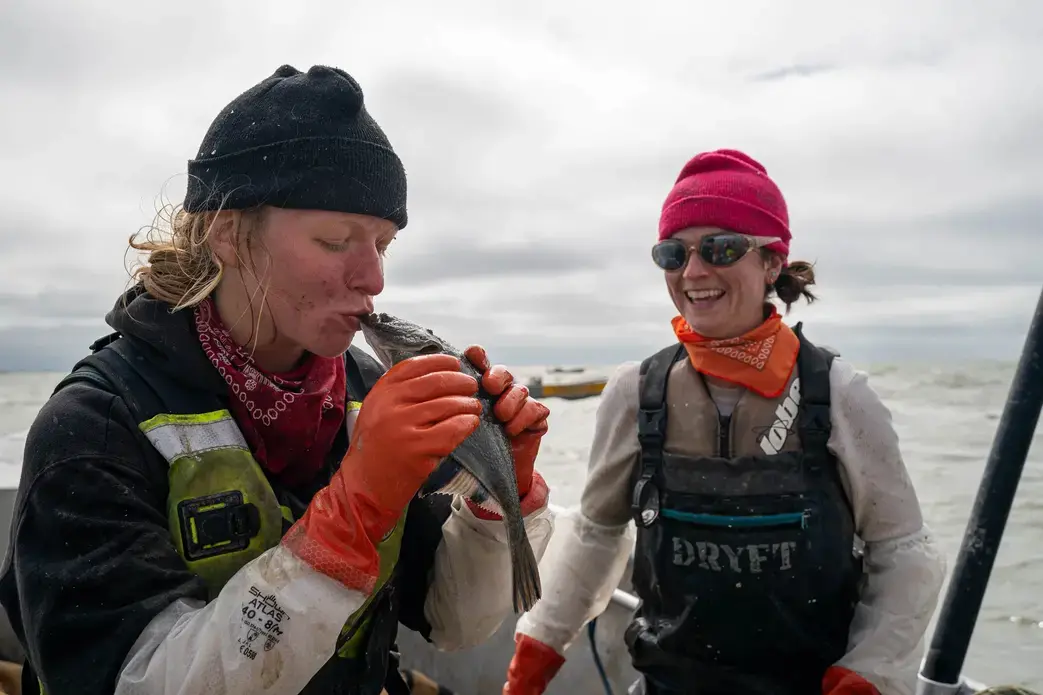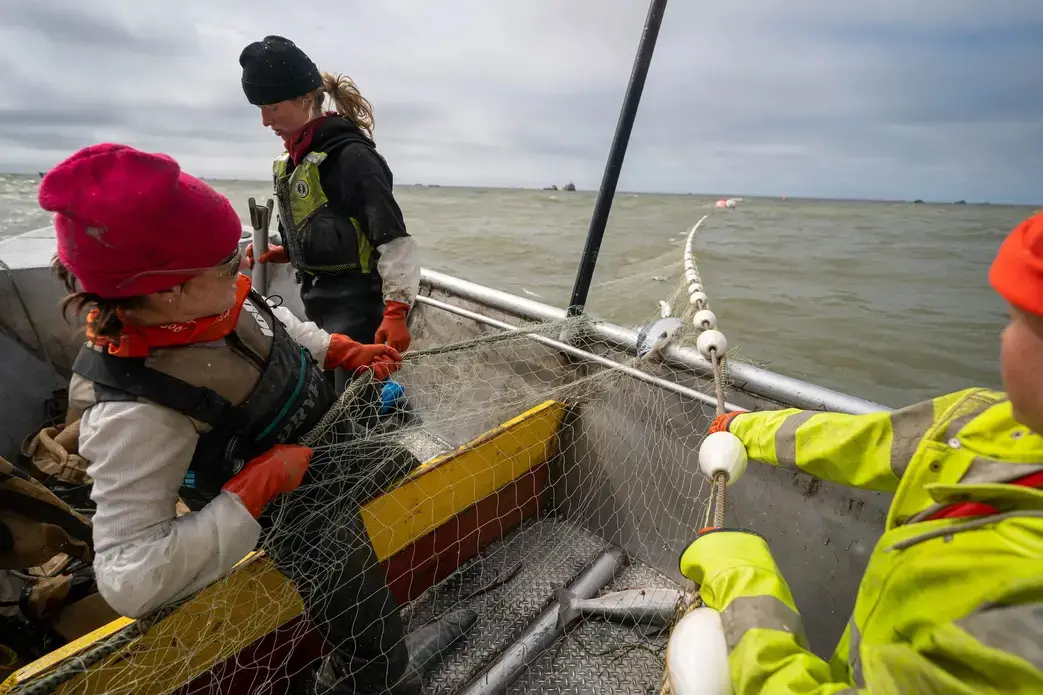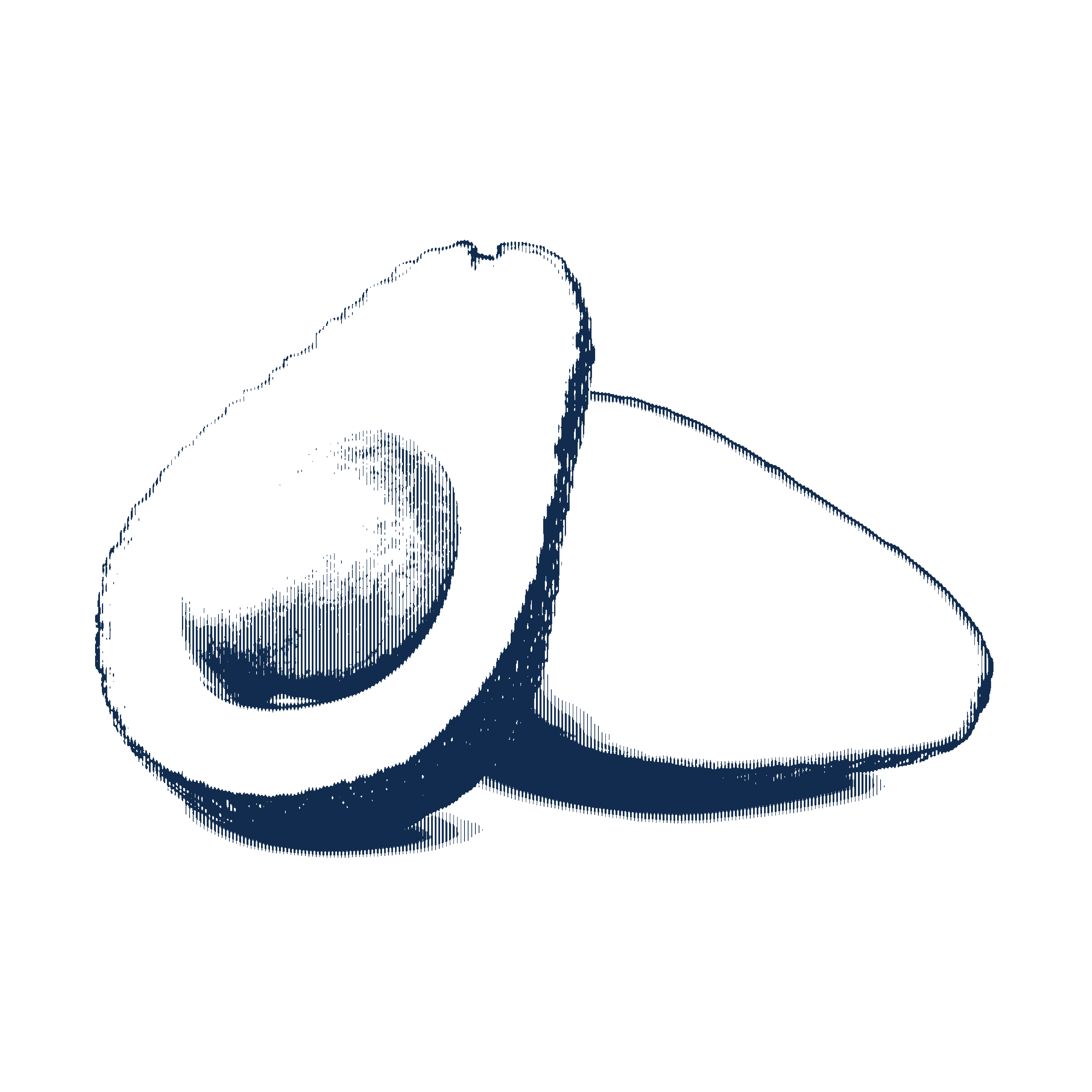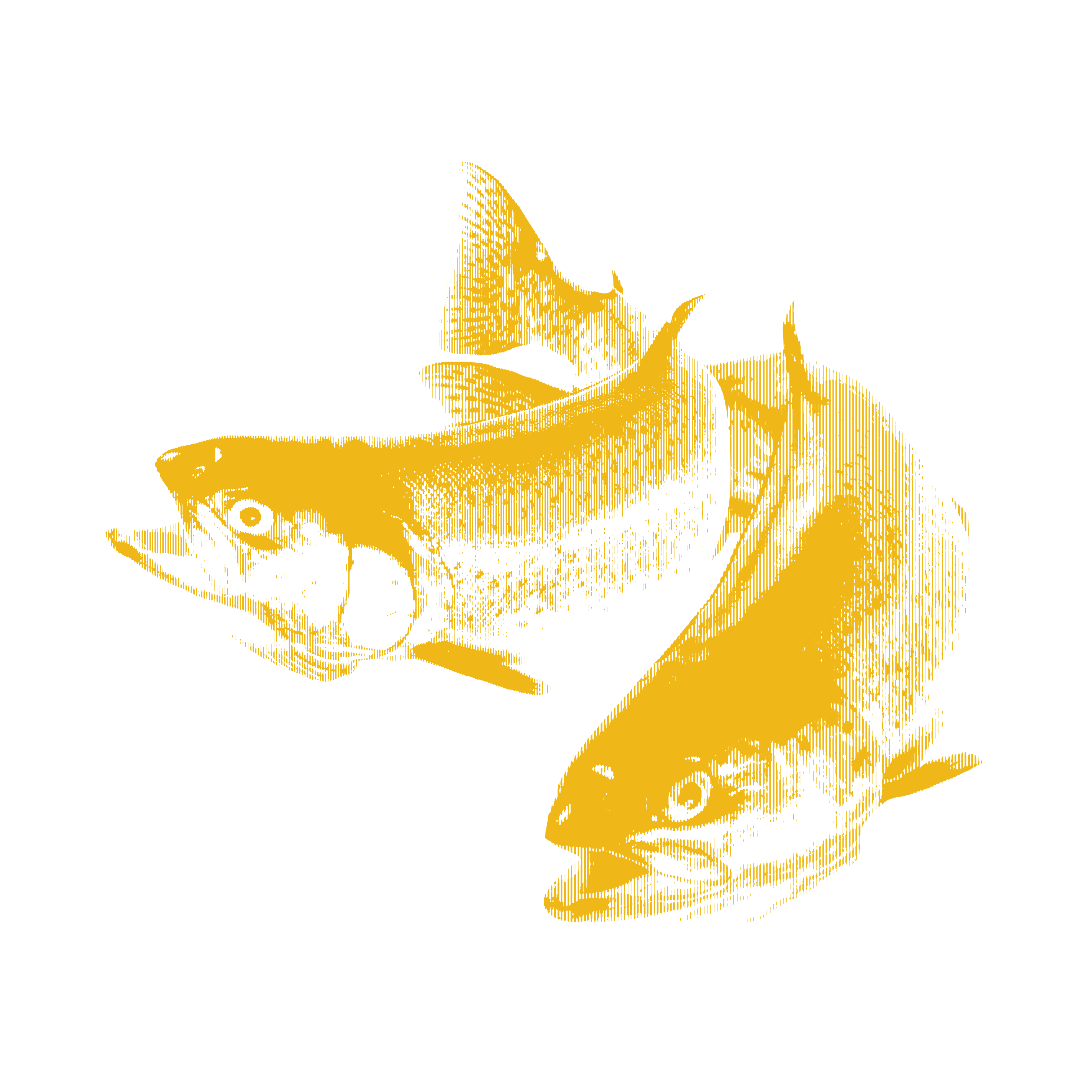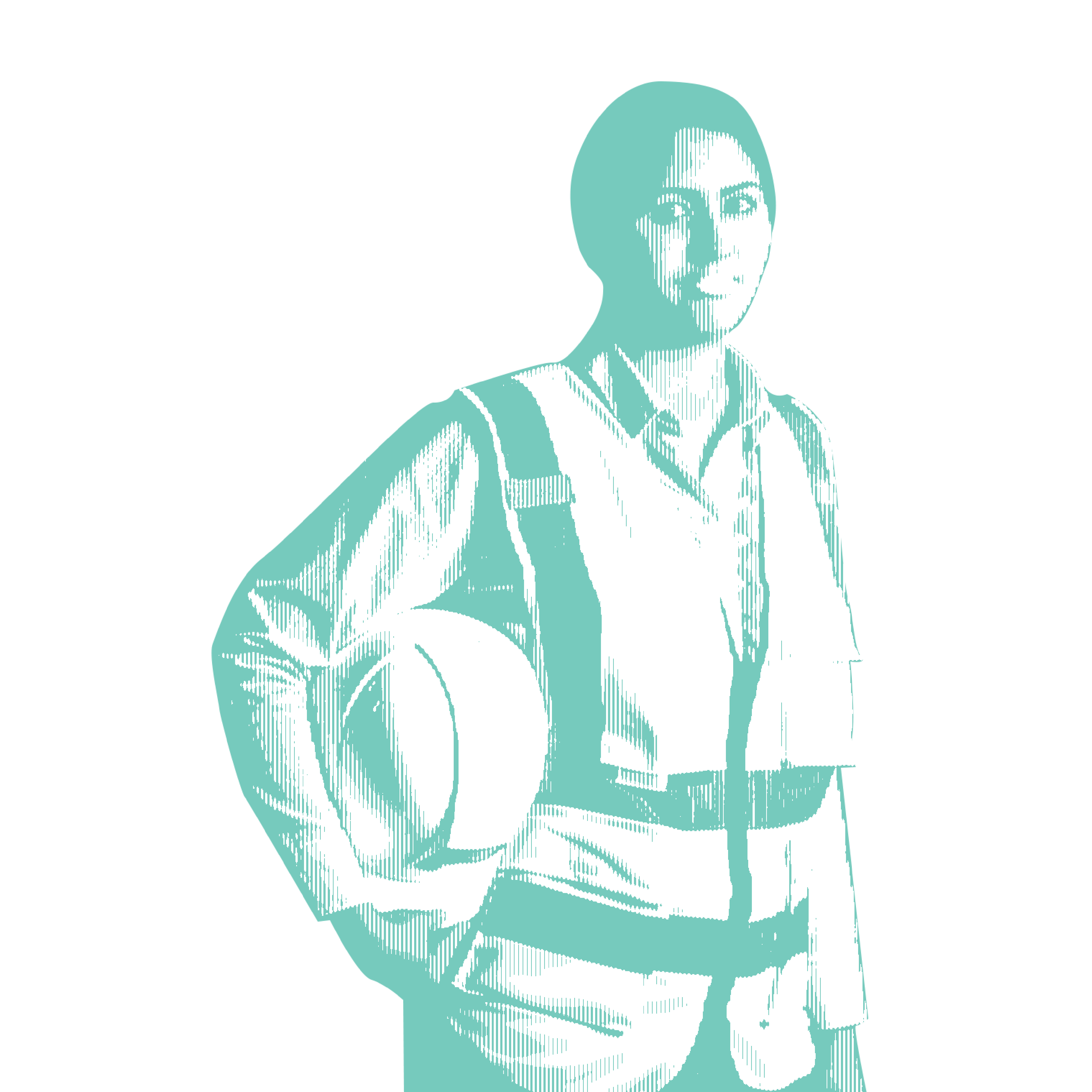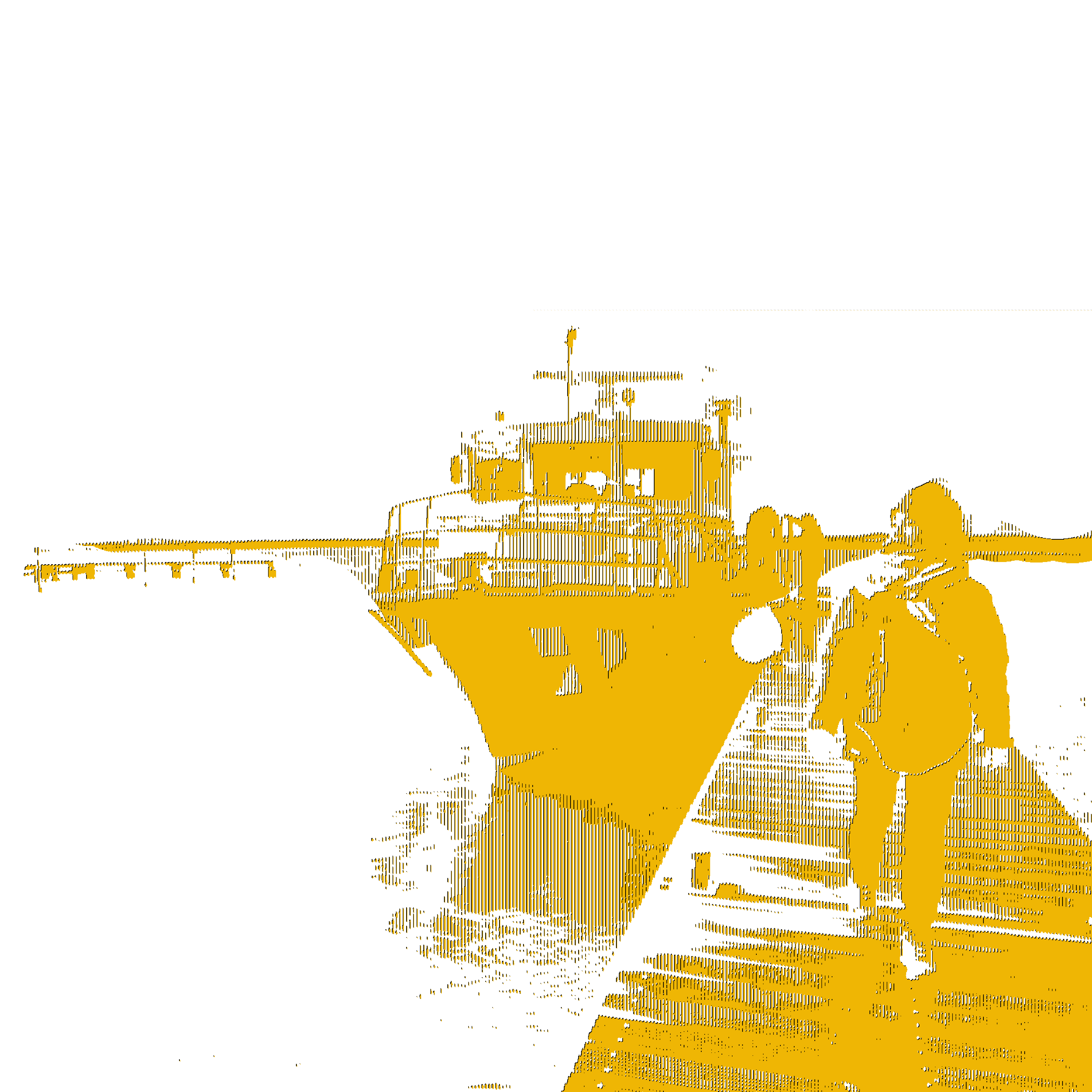
NAKNEK, Alaska—Liz Moore spends most of the year working from her Shoreline, Washington, home office, where she helps evaluate programs run by governments and nonprofits.
In the late spring of each year she returns to this Southwest Alaska community, where she was raised, to pick sockeye out of setnets that stretch from a muddy beach.
“Here we live by the tide,” Moore said. “We don’t have to think about how much traffic there is, or anything like that. What we have to think about is the fish in the net.”
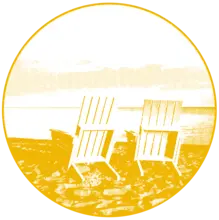
As a nonprofit journalism organization, we depend on your support to fund our nationwide Connected Coastlines climate reporting. Donate any amount today to become a Pulitzer Center Champion and receive exclusive benefits!
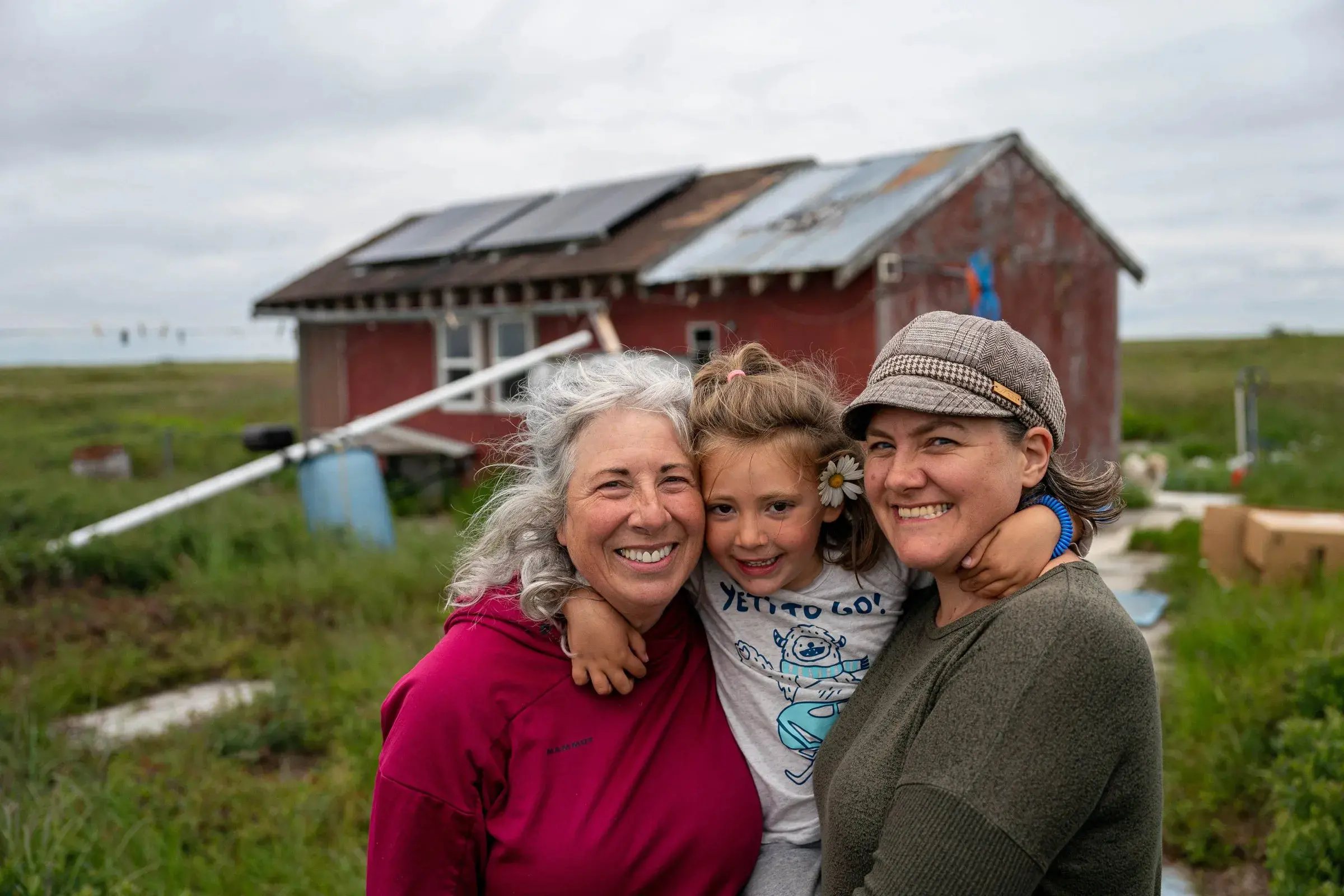
During the harvest, Moore, 67, lives in a red cottage surrounded by lush green tundra. One hour before each high tide, whether that falls on a calm sunny morning or late on a stormy night, she heads outside, walks along a narrow boardwalk to the edge of a bluff, then scrambles down a long, steep ladder to reach the beach.
The shoreline setnet operation she runs includes a half-dozen skiffs and a crew of 10 men and women, some of whom come from as far away as New York.
“When we get back to Seattle … it’s a life on pavement,” Moore said. “Here, it’s a life on mud, and I think I’m much more suited for a life on the mud.”
Their harvest requires a lot of muscle. Hand over hand, Moore and her crews pull the nets across their skiffs, untangling each salmon from the mesh, then stabbing them with knives to bleed them before they are picked up by processing company crews that cruise the beach in trucks.
Moore has caught fish off this beach since she was a child.
Her father, Denton Ricky Moore, was a restless World II veteran who was wounded at Iwo Jima while serving as a sniper in the South Pacific. He returned to his hometown of Seattle, then in 1947 headed off to Alaska’s Bristol Bay region with his then-wife, Jan Moore, who had been a nurse during the war.
The couple moved from a homestead to Naknek, and split up when Liz was 9 years old. By then, the family had moved again to Seattle, where her father obtained a law degree at the University of Washington.
Liz Moore said it was her mother Jan who took the lead in raising the family’s six children — five girls and a boy — and returning each year to Bristol Bay to fish for salmon from the beach.
Jan Moore didn’t trust her children to operate full-size boats. So they waded into the water, removing the salmon from the nets, piling the fish into tiny boats tied to their waists. Sometimes they had to wrest the fish from the mud that coated the nets as the tide went out.
“A lot of people she knew drowned, so she was always a little leery of going out on skiffs,” recalled Harry Moore, the youngest of the six siblings.
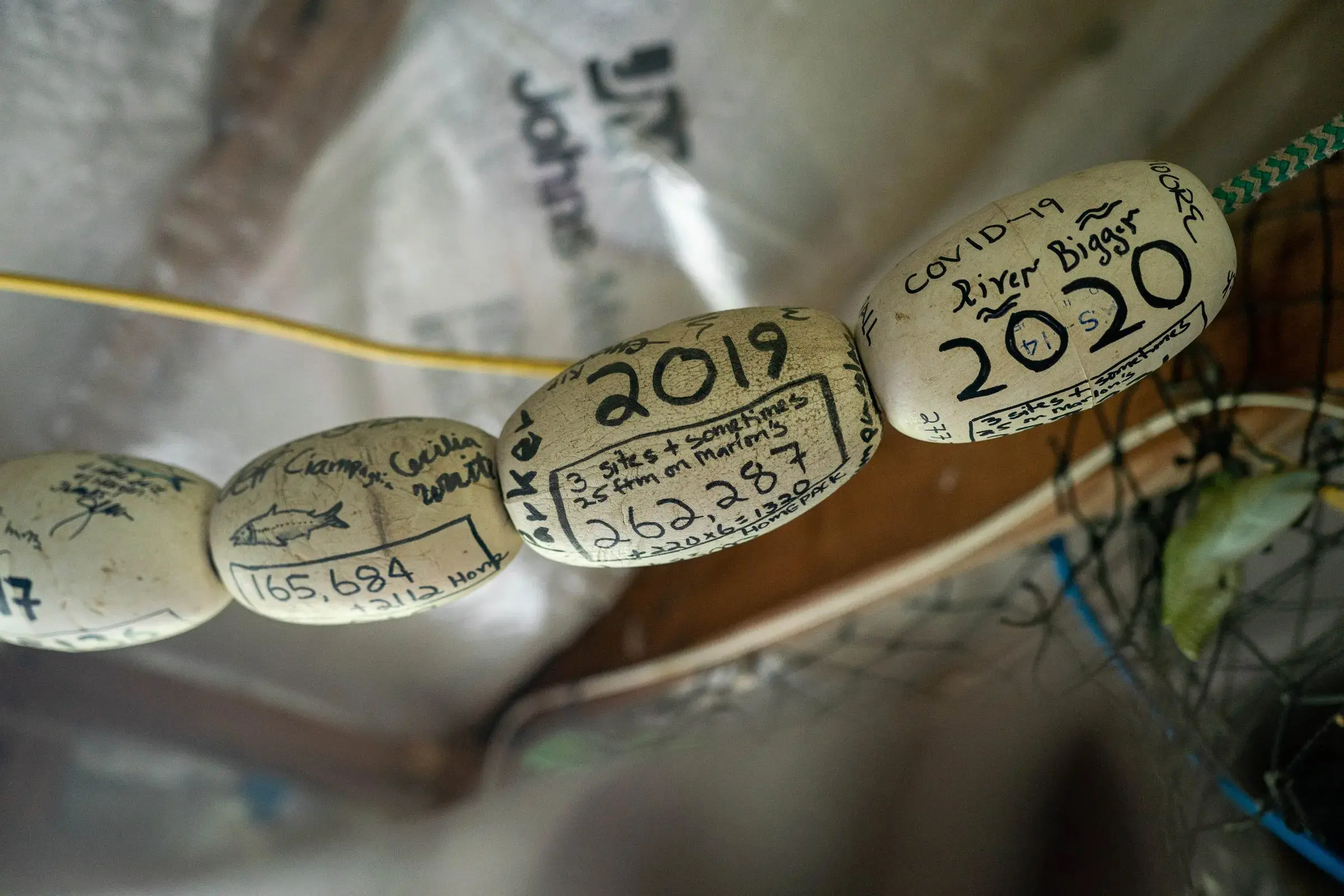
Now 61 and living in Palmer, Alaska, Harry skippers a drift gillnet boat during the Bristol Bay harvest, where this summer he had his best yet. He also is a musician who wrote “Haul On That Line,” a ballad that honors his mother’s devotion to setnetting.
The Moore family was based near the mouth of the Naknek River, where the sockeye come close to shore as they migrate to spawning grounds. Just down the beach, another setnet site was worked by the family of bush pilot Jay Hammond, who later would be a two-term Alaska governor from 1974 to 1982, during the start of the oil pipeline boom.
“He always had a smile on his face, and he drove this truck that had giant tires that looked like they would never get stuck in the mud. I had tire envy,” Liz Moore said.
Today, Hammond’s granddaughter Lauren Stanford and two family friends continue to fish from that site. They use a skiff, but also sometimes wade in up to their armpits to pile sockeye into floating plastic totes that can hold up to 600 pounds of fish.
Stanford, an Anchorage-based artist, said the money earned from summer fishing makes it possible to devote the rest of the year to her sculpture work.
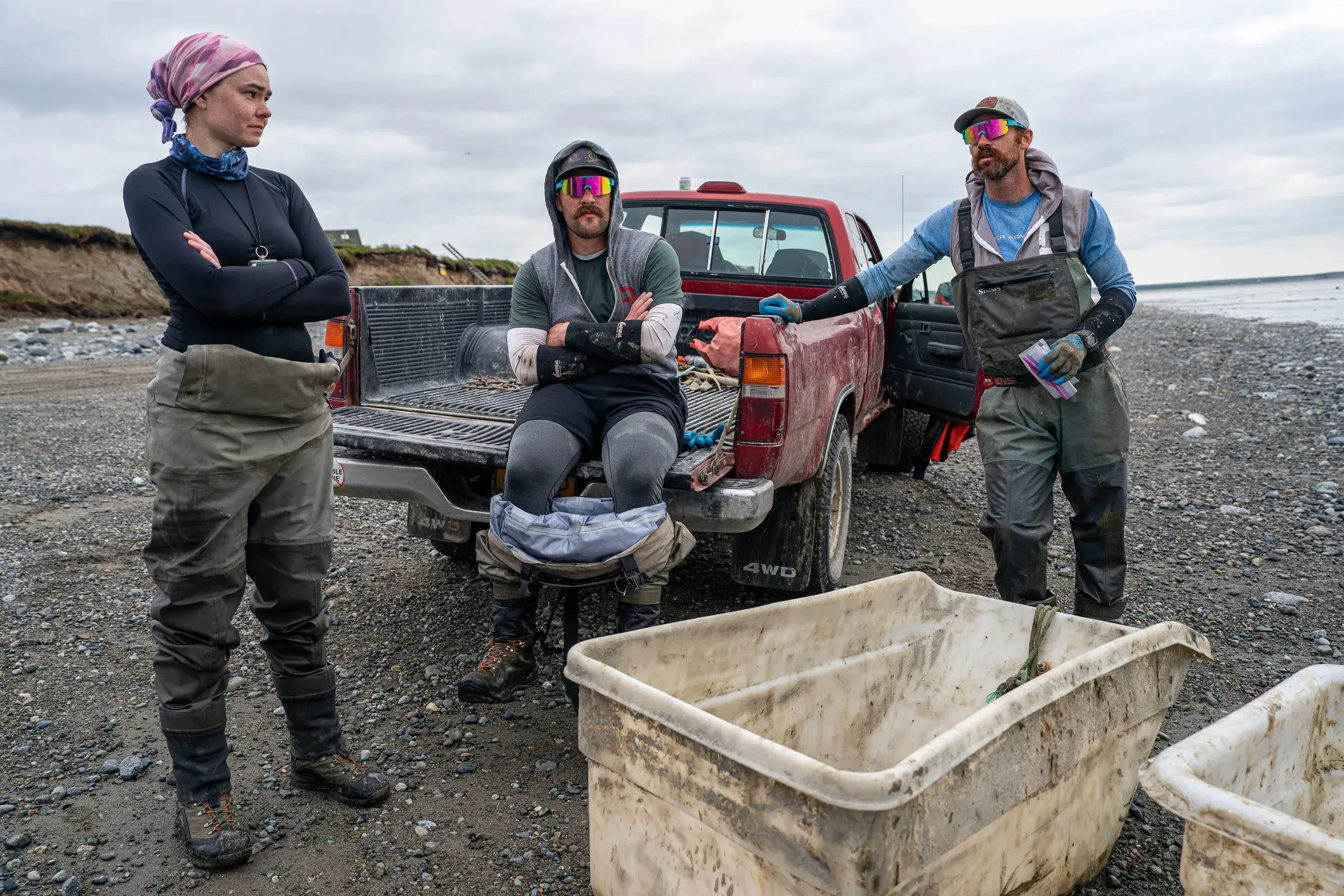
“I am a fourth-generation Bristol Bay commercial fisherman. I’m very proud to say that,” Stanford said. “If I can commercial setnet and make art the rest of my life, that’s a pretty darn good life.”
This year, some fierce storms created powerful tides. At the tail end of the season, all six of Liz Moore’s skiffs broke loose, heavy rain and waves further eroded the crumbling cliffs back from the beach.
Moore also had one close call that nearly ended her season. She unsuccessfully tried to climb onto a burly vehicle that was helping to tow a skiff full of salmon through shallow waters. This “mini tank” then ran over Moore, grinding her body into the mud.
Her right leg was badly bruised. For four days she rested in her cabin. By week’s end she was back fishing from a skiff.
